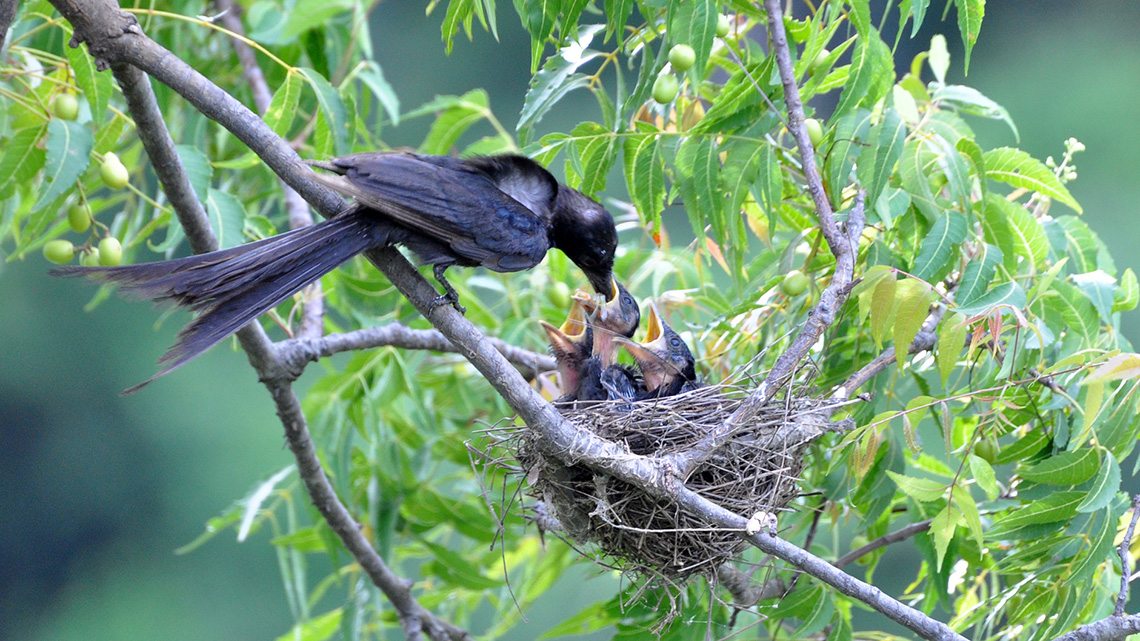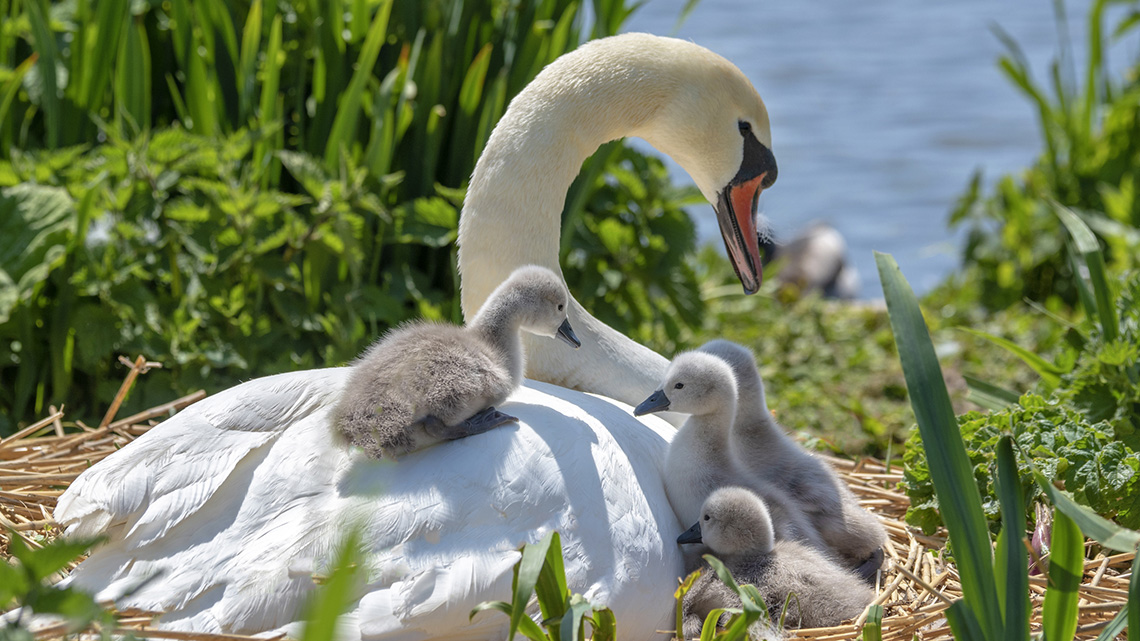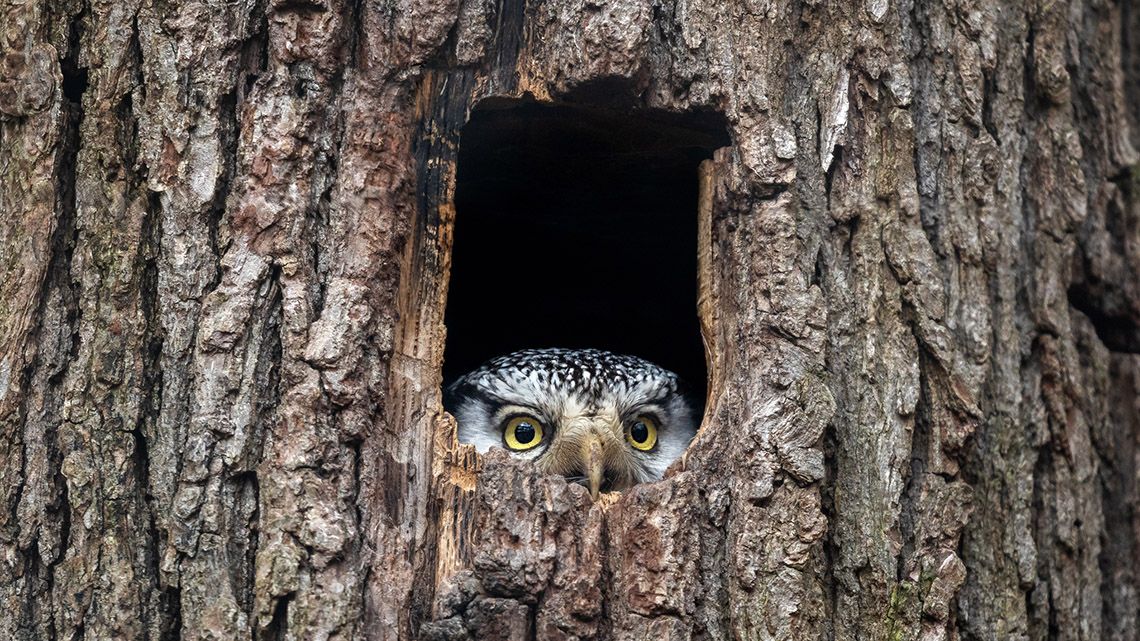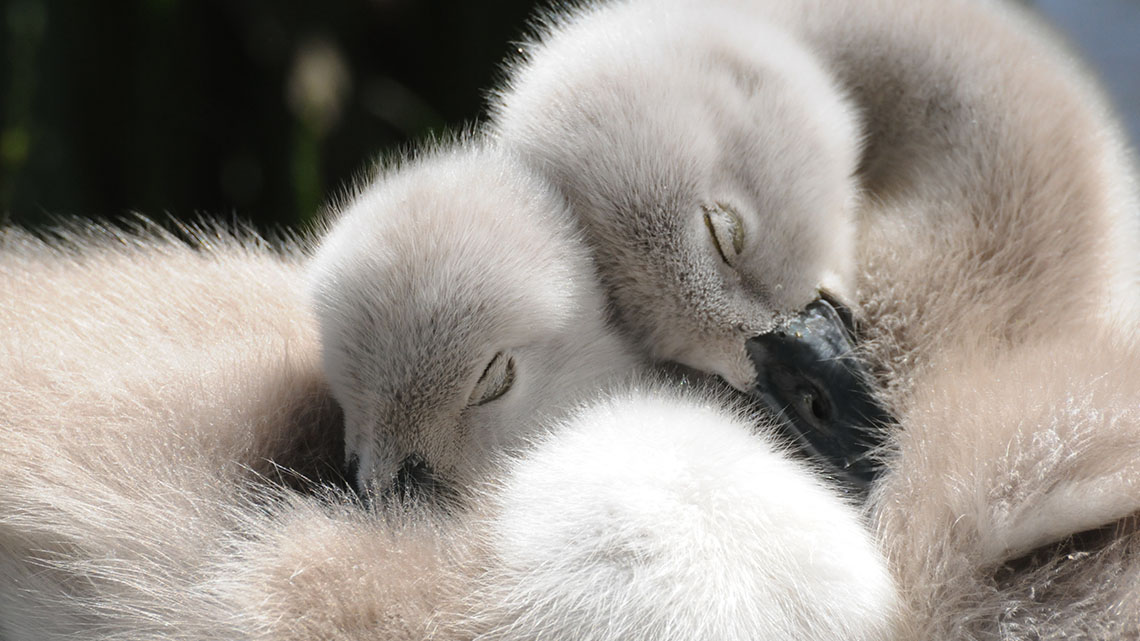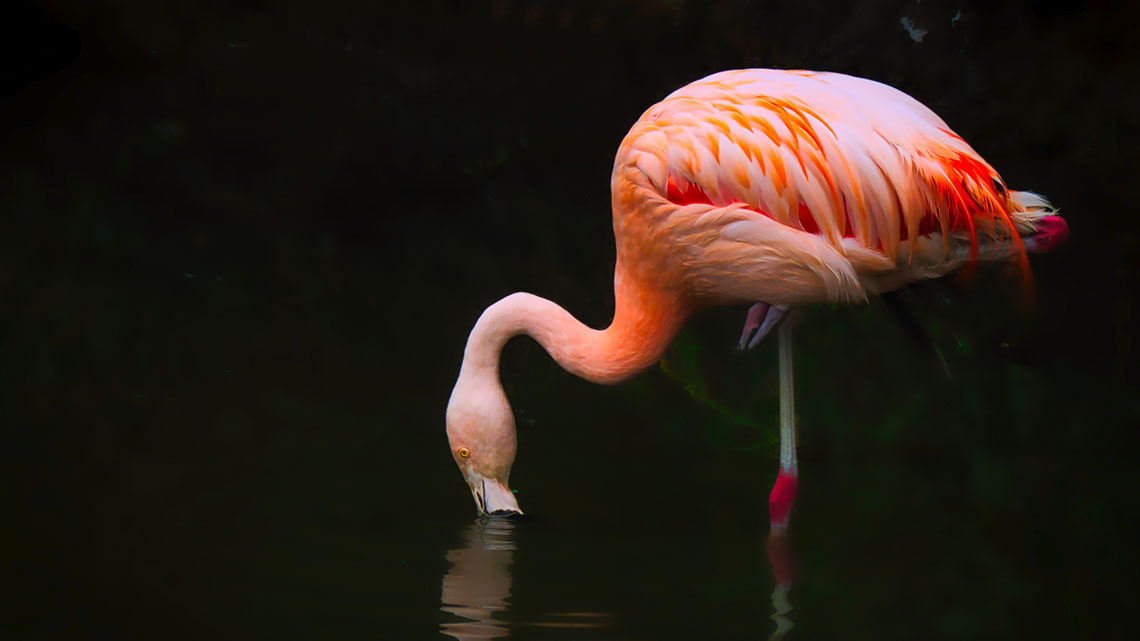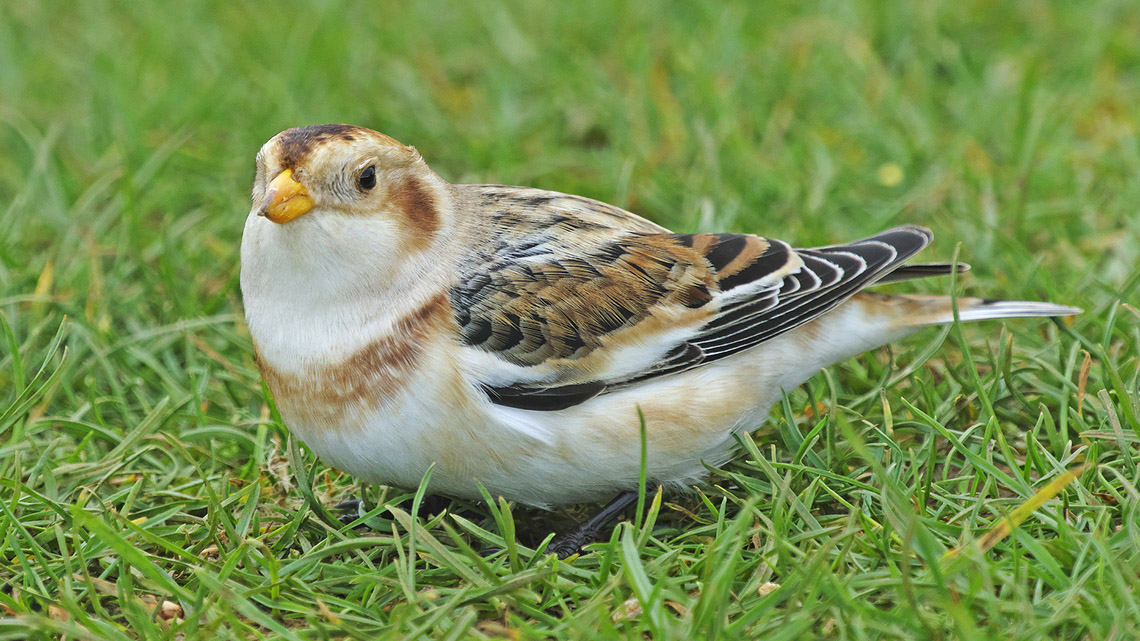Minds On
What do birds need to live?
Explore the following images of birds and think about the different things that birds need in order to live.
Record your ideas on the computer, on paper, or in a recording.
Action
What do birds eat?
This learning activity highlights people, places, or innovations that relate directly to the province of Ontario. Enjoy the exploration!

There are many different birds that live all over Ontario. All of these birds need to eat food so that they can be strong.
Birds find their food in their environment. Some foods that birds eat are:

An image showing seeds with the word seeds underneath; berries with the word berries underneath; fruit with the word fruit underneath; insects with the word insects underneath; corn with the word corn underneath; and worms with the word worms underneath.
Sometimes, people help birds find food. They place food, like seeds, and corn in feeders outside their homes.
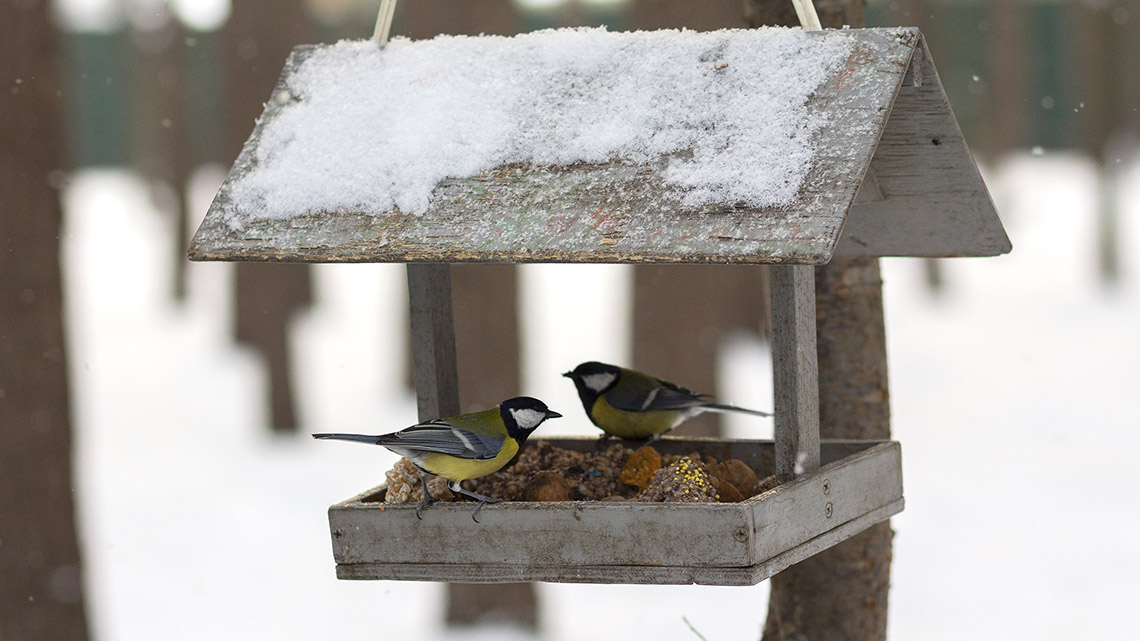
Pause and Reflect
Think about it!
Why might birds need help finding food? How can people help?
Record your idea on the computer, on paper, or in a recording.
Birds that do not migrate
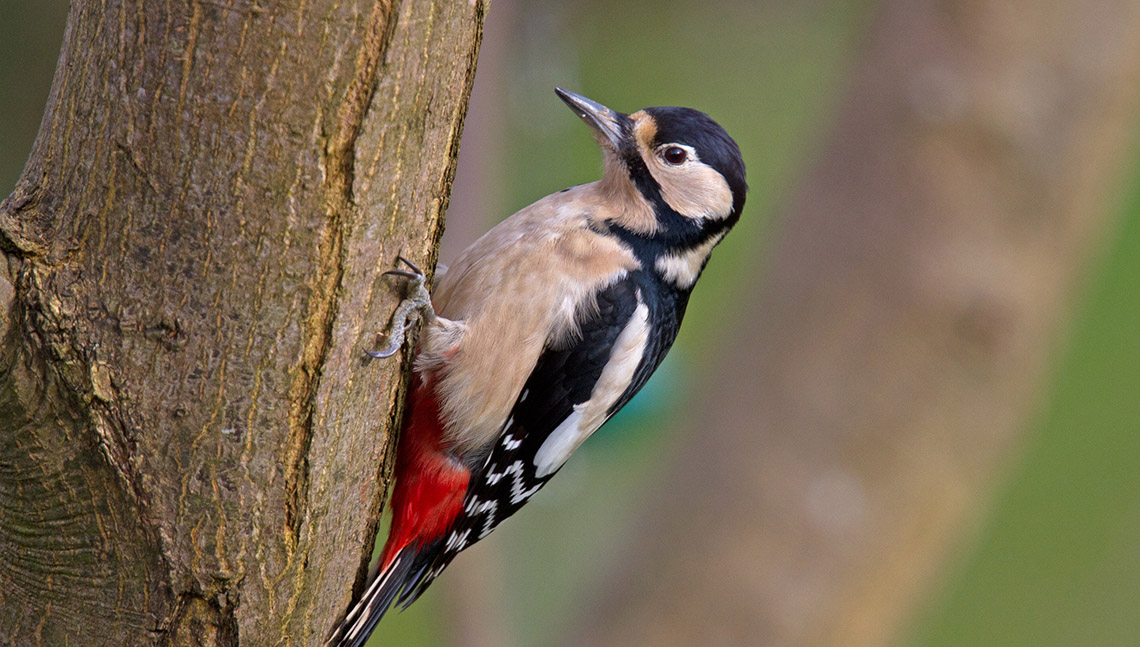
A woodpecker is a bird that does not migrate.
Some birds stay in Ontario all year long. They can find food and live in their environment even when it gets colder.
Some birds move from one home to another at different times in the year. This is called migration. These birds migrate to find food, warmer weather, or a safe place to care for their babies.
Some birds don’t migrate, they stay in Ontario for the winter. They are able to find the food they need all year round. These birds are able to make the changes they need to survive in cold and warm weather.
Pause and Reflect
Think about it!
Why do some birds migrate, and some birds stay in Ontario all year long?
Record your answer in a method of your choice.
Snow Bunting
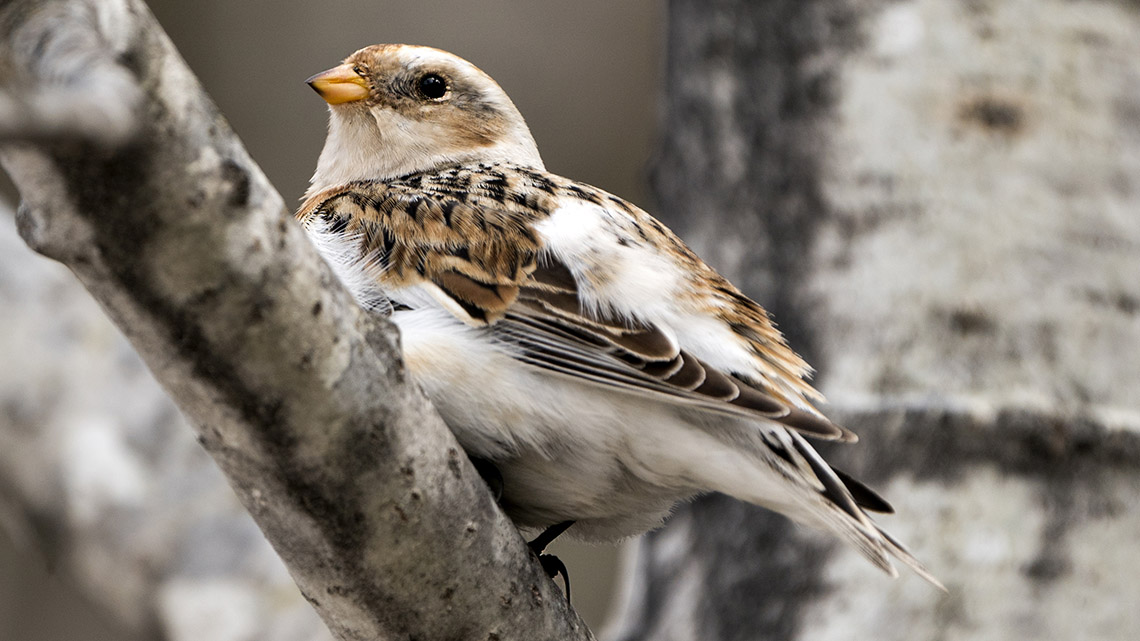
Snow buntings are birds that stay in Ontario all year long. Their feathers change in the winter to white with some grey, brown, and black on their back and tail. This helps snow buntings camouflage and hide in the snow and ice.
Press ‘Definition’ to learn the meaning of the word camouflage.
Camouflage is the use of colours or patterns in fur or feathers to hide in the environment.
Snow buntings eat seeds and plant buds and insects on the ground.
They build their nests in between rocks with grass and moss, fur, and feathers.
Using observations
When people investigate a topic, they use observations to help them learn more about the topic. They are using clues to help them answer questions.
Use your observation skills to explore these two pictures and descriptions of snow buntings.
Which picture do you think is in the winter?
Which picture do you think is in the summer?
Press ‘Answer’ to learn which picture is in the winter and which is in the summer.
Snow bunting picture #1 is in the winter.
Snow bunting picture #2 is in the summer.
What is different about the belly of the snow bunting in these two pictures?
What is different about the wings of the snow bunting in these two pictures?
Record your answer on the computer, on paper, or in a recording.
Use your learning to answer these questions.
For each sentence, select the missing word from the drop-down menu.
Consolidation
How people can help birds
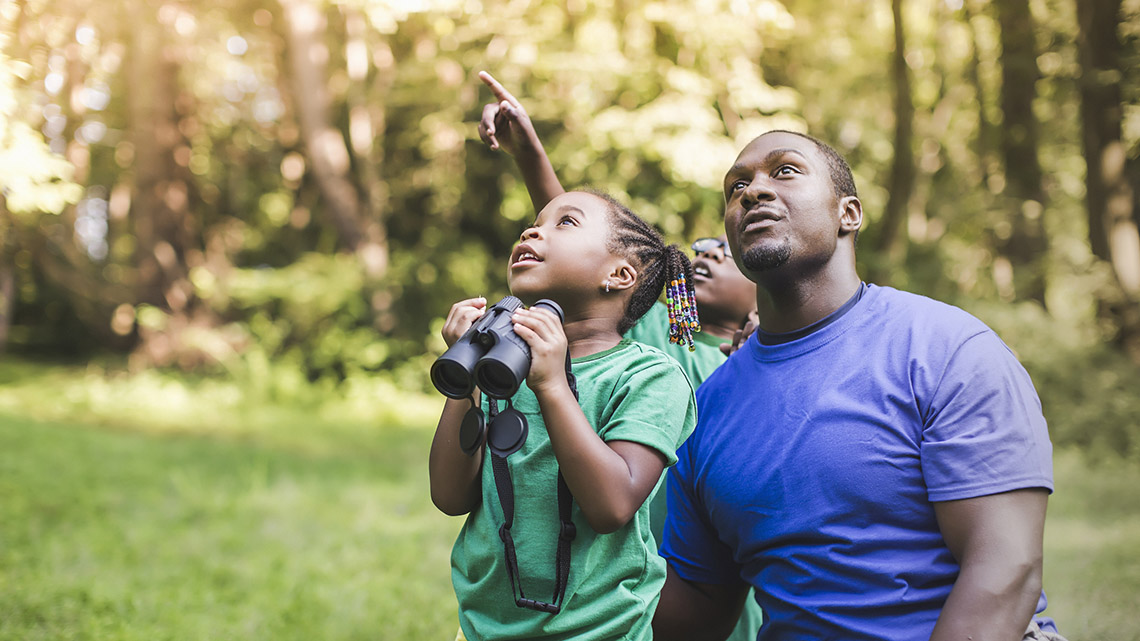
We can learn a lot about birds that live in Ontario. We can learn which birds migrate and which birds can survive all year long.
There are people that watch birds and record information about the birds that they see.
Why would these observations be important?
What can we learn about birds by observing them?
Record your ideas on paper, on the computer or in a recording.
Remember, if you decide to go birdwatching, you should make sure that you are quiet and that you stand back so that you don’t disturb any birds and their nests.
Press the following tabs to access ways people can help birds.

Some birds that love to eat the seeds from these flowers are chickadees and cardinals.
There are plants that can be added to gardens that can give food to birds. Having healthy plants in your garden means more insects and more insects means more food for birds. Plus, you will get to see more birds!

This bird feeder is made out of a recycled drink carton.
When people put bird feeders in their yard, they are helping birds get food when they have trouble finding it on their own. People can put seeds or corn in their feeders. If birds know the food is there, they will keep coming back.
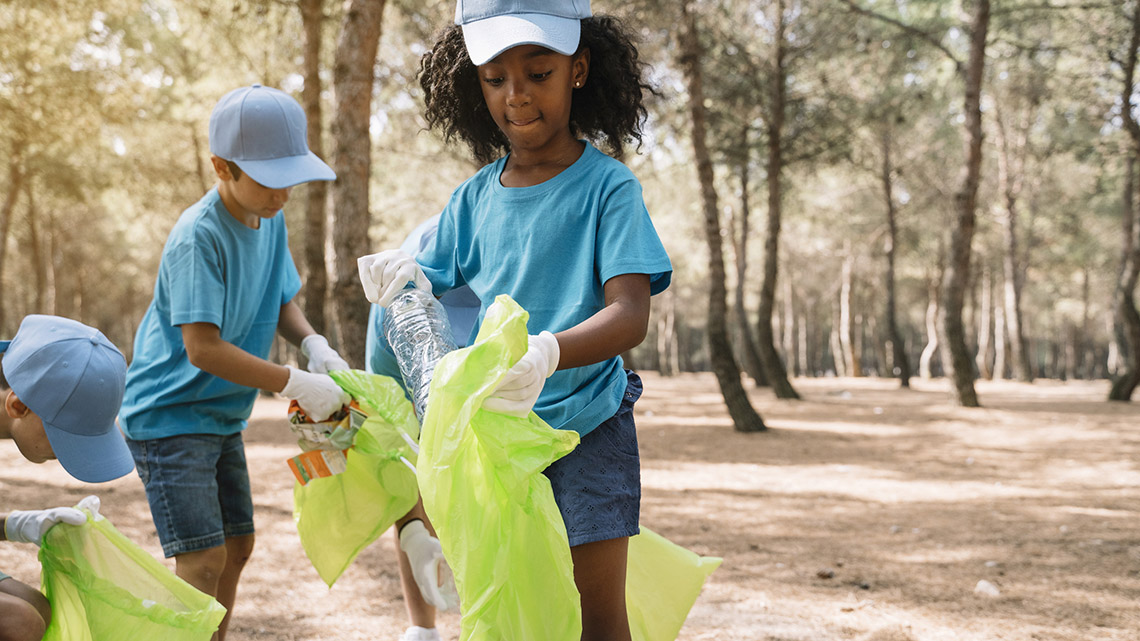
People can help birds by putting their garbage and plastic in their proper bins. If garbage is left in the environment, birds can eat it and get sick.
Tell a friend
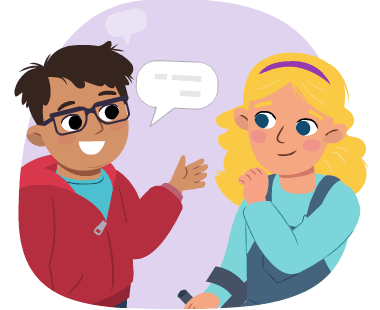
How can you share with others what you have learned about helping birds find food?
Why is it important that people know how to help?
Choose a way to share this information with someone else.
You could make a poster or draw a picture.
You could make a recording.
You could write your information down.
Be sure to share at least one way that people can help birds find food and why it is important for them.
Pause and Reflect
Think about it!
- What was one thing you learned about birds today?
- What else would you like to learn about birds?
Reflection
How do you feel about what you have learned in this activity? Which of the next four sentences best matches how you are feeling about your learning? Press the button that is beside this sentence.
I feel…
Now, record your ideas about your feelings using a voice recorder, speech-to-text, or writing tool.
